Material for Infrastructure Works

GROUND COVERS
Ground covers are specially designed to allow water to penetrate into the soil, ensuring that the crops get proper sunlight and at the same time restricting insects and protecting them without damaging wildlife. The said Ground Cover is manufactured by weaving the Polypropylene tapes together. They possess great strength and are highly durable. We offer UV stabilized ground covers that last for long life in direct heat and sunlight. Ground cover plants have shallow root systems, which helps them to spread quickly and fill in areas quickly. Ground cover can be used to cover large areas such as slopes, hills, and banks, as well as small areas such as rock gardens and pathways. Ground Cover usually has marker lines every 12" for proper plant alignment. It helps retain the soil's moisture and maintains the soil temperature. These covers are flexible in application and used in landscape situations for insect protection, weed control, temperature control, frost prevention, etc. Ground covers are the best choice for horticultural applications and aesthetic appearances. They are available in different weights, colors, widths, and lengths. These covers resist tearing, puncturing, and weed penetration, saving time and money! Ground covers can be used in varied applications depending on your choices.
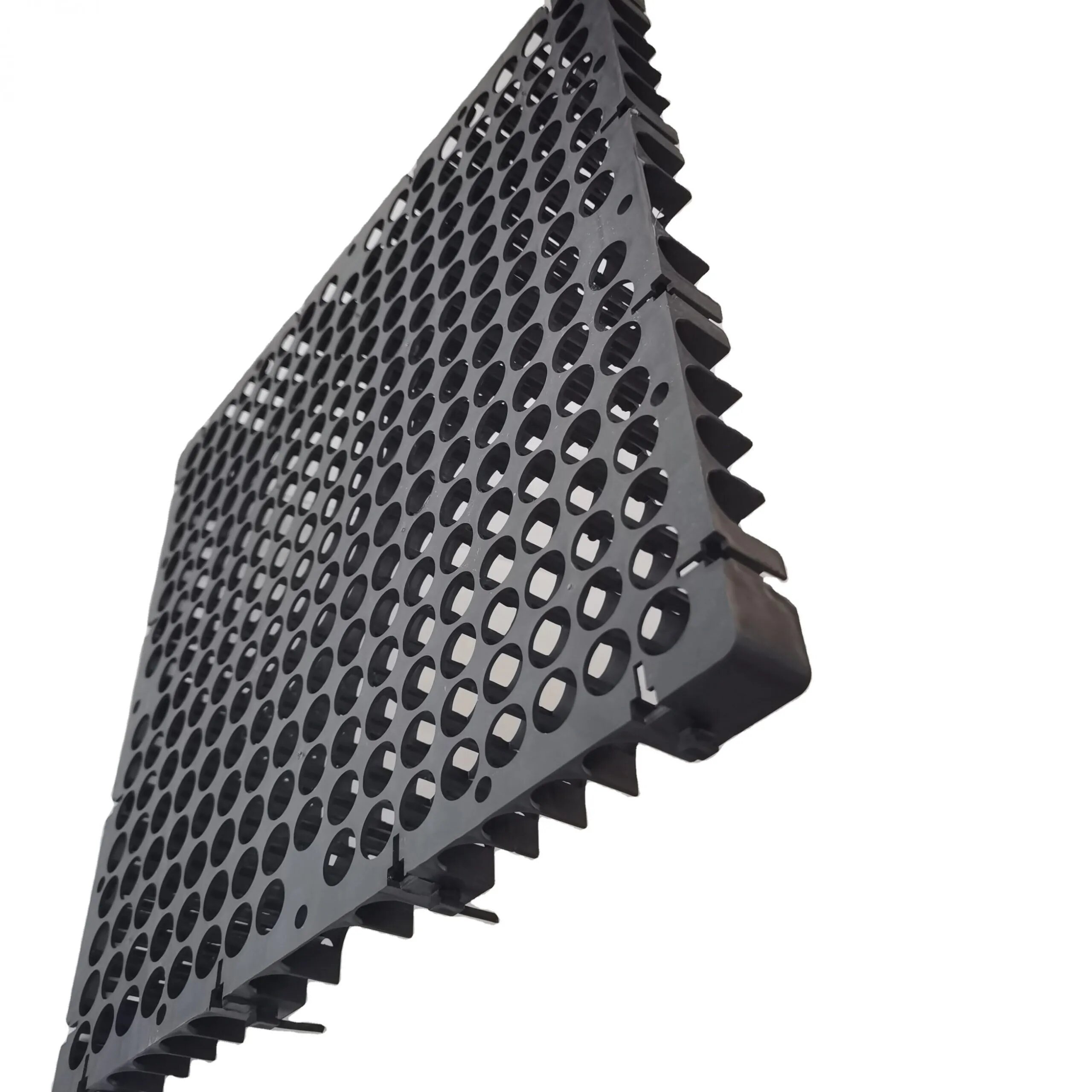
DRAINAGE CELL
It is very lightweight but can still hold up to 90 tonnes load. Due to lightweight & easy installation steps, heavy machines & technically skilled labour are not required. It is a three-dimensional geo-composite designed to provide the solution for sub-surface drainage systems, which helps in creating successful rooftop garden & planter boxes without any problem of cracking or leakage & it also works as an alternative for heavy aggregate drainage treatment. Excess water can be easily discharged out due to its uniform structure & void space, which helps to promote plant growth & helps to sustain a steady temperature on the wall surface. This drainage cell also controls water logging and decreases water pollutants. Covering the drainage cell with non-woven fabrics helps water permeability and is used as a soakaway system for rainwater from terraces, retaining walls, roof gardens, sports fields, basements etc. This drainage board is also used to reduce hydrostatic pressure in-ground, reduce heat & cold, filtrate rainwater, and remove excess water. Our professional, highly experienced quality testing team always ensures that drainage cells are manufactured, keeping in mind strict quality control measures by following international standards to maintain the highest quality and provide the best service to our customers.

FOLDABLE CRATES
In almost all cases, reusable, collapsible bulk containers decrease expense, adequate use area, and enhance environmental effect while comparing to expendable packaging. They pile securely, safeguard what's held inside, and when not in usage, can be fallen down to a fraction of their height. Additionally, they can be utilized to shift or keep raw materials, parts assemblies, industrial components, and all kinds of commercial derivatives. These material handling containers are recyclable, made for the circular economy, and have a very meager carbon imprint due to their reusability. These folding crates are manufactured with the help of utilizing high-grade plastics such as HDPE and high-impact polypropylene.
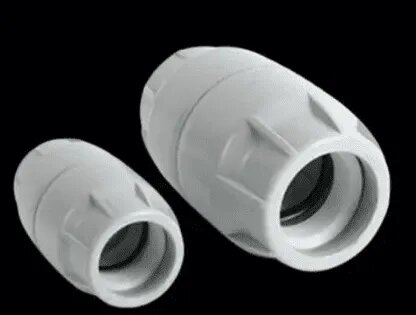
HDPE DUCT COUPLER
HDPE duct couplers are designed to connect two pieces of polyethylene ductwork together in a secure and leak-free manner. They have a simple design consisting of two cylindrical pieces, one of which has a slightly larger diameter than the other. The larger piece is inserted over the end of one piece of ductwork, while the smaller piece is inserted over the end of the other piece of ductwork. The two pieces are then pushed together and secured in place with a locking mechanism, typically a clamp or a compression fitting. Using a PE (polyethylene) duct coupler is a relatively simple process that can be done with a few basic tools. Here are the steps to follow: First, ensure that the ends of the ducting or pipe that you want to connect with the coupler are clean and free of debris or rough edges. Slide the PE duct coupler over one end of the ducting or pipe until it reaches the center of the coupler. Make sure that the coupler is aligned properly with the end of the ducting or pipe. Repeat step 2 with the other end of the ducting or pipe, sliding it into the other side of the coupler until it reaches the center. Use a wrench or pliers to tighten the coupler's grip on both ends of the ducting or pipe. This will ensure a tight and secure connection. If necessary, use a sealant or adhesive to create an airtight or watertight seal between the ducting or pipe and the coupler. Finally, test the connection to ensure that it is secure and leak-free.
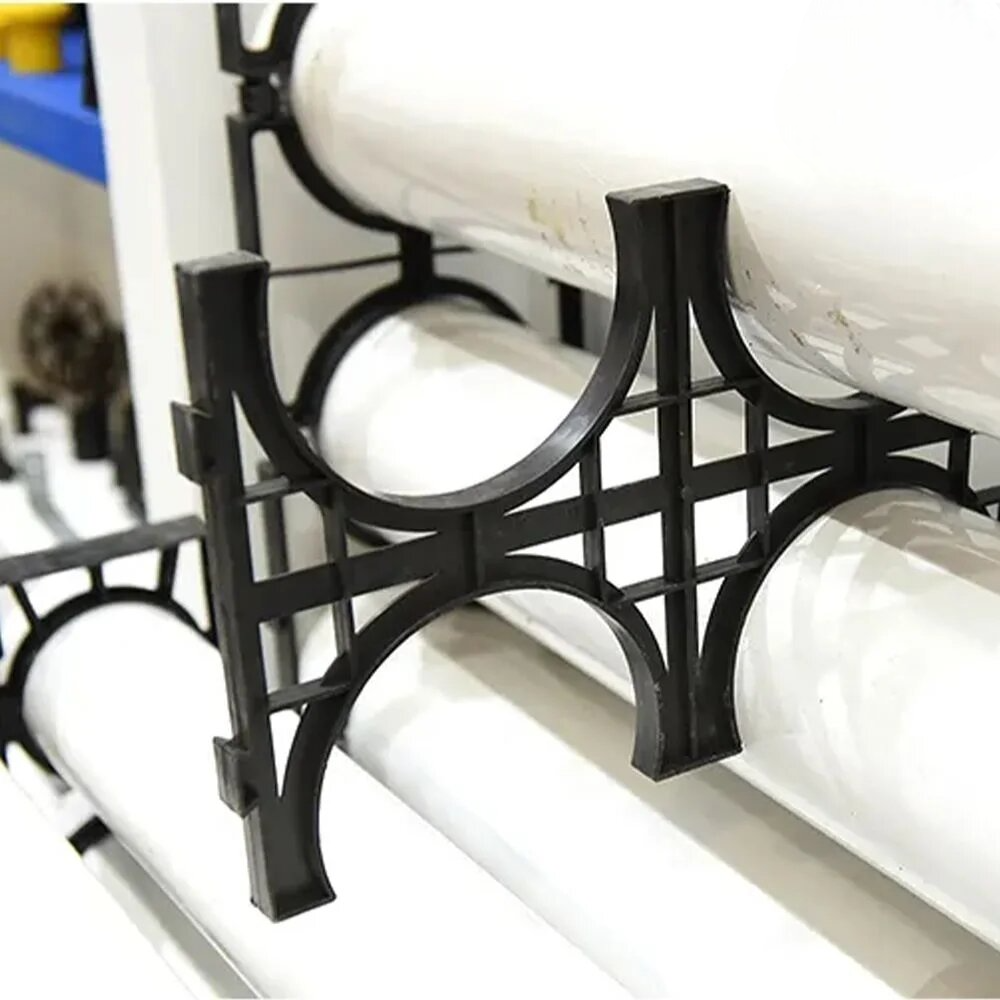
HDPE DUCT SPACER
The Duct Spacer is available in different shapes, sizes, and configurations to suit various conduit arrangements. Some designs allow for easy installation and removal of the spacers, while others provide a more permanent solution. Overall, the HDPE Duct Spacer is an essential component of any modern conduit installation, as it ensures that the conduits are correctly positioned, secured, and protected from damage, thus enhancing the overall longevity and reliability of the conduit system.
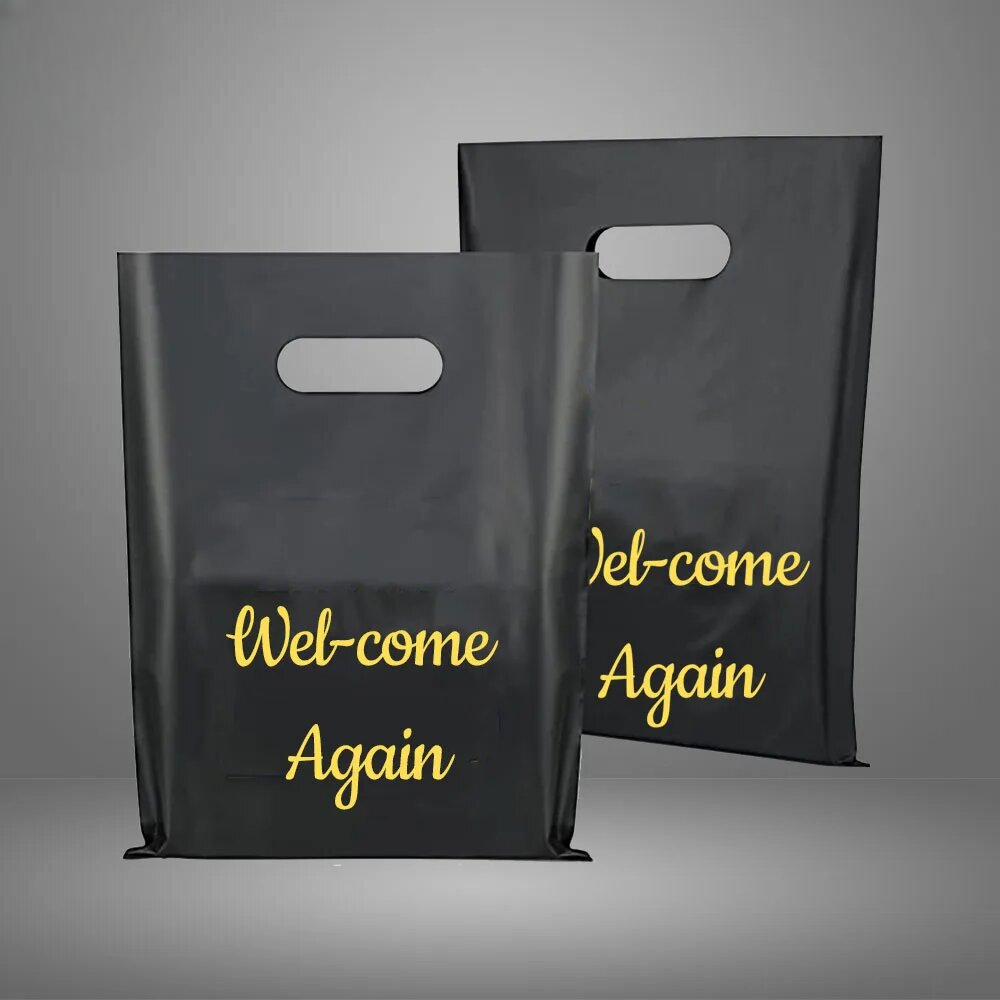
PLASTIC CARRY BAGS
Bags are one of the most traditional and widely used forms of packaging. Among other things, they were employed for garbage disposal, plastic grocery bags, as well as the storage of food. A receptacle constructed of a flexible, soft plastic film that is an open place at a single end is known as a plastic bag or polybag. Despite its ability to be whatever size, it is frequently referred to as a "bag" when it can store 25 kg or more. They are constructed from a variety of substances. We offer a wide range of plastic carry bag options to meet the diverse needs of our customers. Our product line includes: Plastic grocery bags: These bags are perfect for packaging and transporting groceries. They are made of clear plastic but partially translucent, and come in various sizes to accommodate objects of varying weights. Plastic shopping bags: These bags are a popular choice for retail stores and supermarkets. They are convenient for customers to carry their purchases and are often given out for free at the point of sale. Customized plastic carry bags: We offer custom printing options for our bags, allowing businesses to promote their company name and logo. These bags are perfect for marketing and advertising your business. We use different types of materials to make our bags, these materials are: Polyethylene Medium Density (MDPE): While not as transparent as Low-density Polyethylene (LDPE), medium-density polyethylene is less transparent than High-Density Polyethylene (HDPE). These bags typically have a higher strength than LDPE bags but less flexibility. This kind of polyethylene is used on a significantly lesser level than HDPE and is often used for product packaging and disposal bags. Polyethylene Low Density (LDPE): Another popular polyolefin is low-density polyethylene (LDPE). These materials are either white or transparent when used to make bags. LDPE is frequently selected for consumer packaging when strength is not required, including bags for bread, paper, frozen meals, fresh fruit, clean clothing, etc. The material is transparent and shiny, and the bags used to make it are incredibly stretchable, flexible, and transparent. Additionally, they offer high moisture and wear resistance but only modest gas barrier qualities. Low-Density Polyethylene Linear (LLDPE): LLDPE or linear low-density polyethylene are similar in their properties and applications. LLDPE is preferred for various applications due to a few differences, though. In contrast to LDPE, which is often chosen for its greater clarity, ease of manufacturing, and better gloss, LLDPE is often chosen for its stronger compressive and impact strength and superior heat seal ability. Grocery, frozen food, waste, daily newspaper, and essential food bags are essential uses.
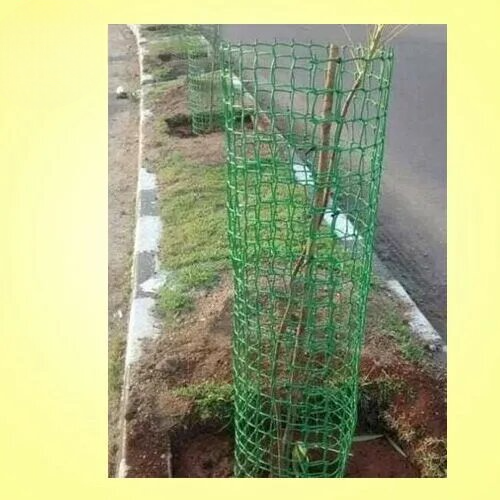
PLASTIC TREE GUARD
A plastic tree guard is a protective structure designed to protect a tree from damage from animals, extreme weather, pollution, and other hazards. Tree guards are typically made from metal, wood, plastic, or composite materials and are usually placed around the trunk of the tree to create a protective barrier. Tree guards can also help retain moisture, reduce weed growth, and prevent soil compaction. Additionally, tree guards help increase the tree's visibility and can even be used to add aesthetic appeal to a landscape. Tree guards are a simple method of trunk protection, also known as Tree guard protectors. Our tree guards are durable, lightweight plastic and come in various shapes, sizes, and materials. These tree guards make of the best quality plastic and come in multiple lengths to accommodate different sizes of young trees: 10 inches for columnar trees 20 inches for the majority of the young trees 40 inches for larger trees
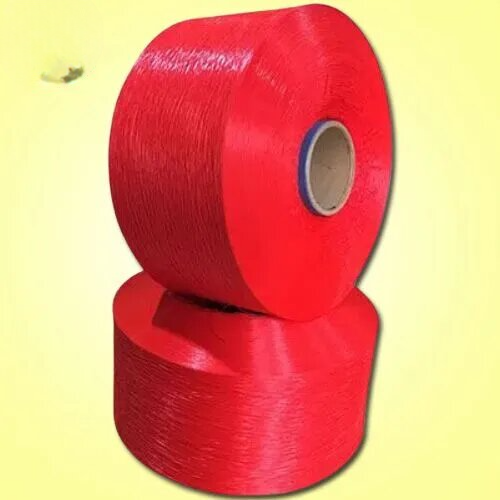
PP FIBRILLATED YARN
PP Yarn also referred to as Polypropylene Yarn, is considered lightweight. Like Polyester Yarns, Polypropylene yarns can be prepared into POY, FDT, and DTY. They can be formulated in various colors by inaugurating masterbatches during the extrusion procedure.
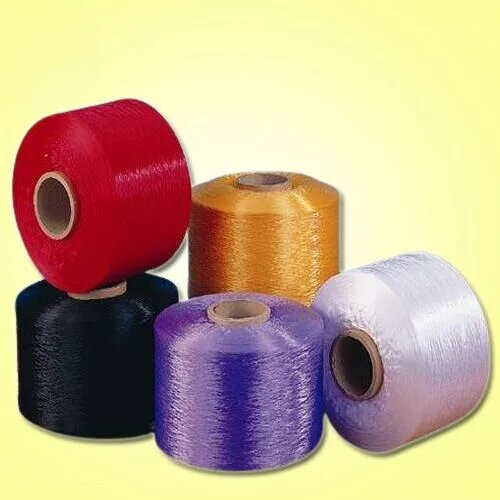
PP MULTIFILAMENT YARN
PP Multi-filament yarn is one of the most fundamental pieces of the bundling business. It is produced utilizing strings, and these strings are known as fibers. The stories are turned on machines after the thread is expelled. The measurement of the strings in the multifilament experience is tiny. The bowing firmness is exceptionally low, supporting the adaptability of the string. These fibers are estimated in units like Denier. PP Multifilament yarn go through a similar interaction as monofilament yarn of similar material. While the monofilament creation process above is for nylon and polyester, aramids include a wet-turning process, where the material is expelled from a fluid arrangement rather than a dissolved polymer and is then drawn through a coagulation shower and washing shower before being spooled. Multifilament of any sort will utilize a spinneret with many little openings, unlike the single-holed monofilament spinneret. The drawing out process draws all expelled fibers together to be twisted onto a similar spool. You can watch this expulsion, drawing out and integrating the methodology here. PP Multifilament yarn can be given a negligible turn delivering what is known as a level yarn. A level string holds the smooth feel and brilliance of the expelled yarn however has some degree of underlying honesty conferred by the curve. The option is a finished yarn that can go through various cycles adding creases, circles, curls, and creases to the string, lessening brilliance, danger, and straightforwardness contrasted with a level line. This makes a finished PP multifilament yarn a vastly improved decision for dress applications. These cycles incorporate stuffing, where the series is compacted and warmed in a crate to give a crisscross example, and air-fly finishing, trapping a portion of the filaments by running the line through a surge of high-pressure air and scarce water. The PP Multifilament yarns are accessible in High Tenacity with perseverance strength up to 8 g/d, and Denier goes from 200 Denier to 5000 Denier. The kinds of PP multifilament yarns accessible incorporate Flat Yarns, Twisted Yarns, and Intermingled Yarns. Our clients can browse different brilliant varieties from the simpleton passing on cycle to give magnificent variety quickness. Other highlights incorporate Climate Resistance, Chemical Resistance, UV and Microbial Safe, Low Heat Conductivity, and Low Static Electricity.

PP SPUNBOND NONWOVEN FABRIC
Polypropylene spun-bond non woven fabric is a kind of non woven fabric created from polypropylene (PP) yarns. It is created utilising a procedure which is named the spun-bond procedure, which pertains to extruding molten polymer through fine nozzles to develop endless filaments that are then laid down in a random design onto a moving conveyor belt. The resulting web of yarns is then connected utilising heat, pressure, or chemicals, without the usage of intertwining or knitting. When you want to buy this type of bag then always want the best, it is the best and famous player in this field. They also distribute their products outside India and in United States, United Kingdom, Australia, Canada and United Arab Emirates. Is Spunbond Non-woven Fabric Eco-friendly – Biodegradable or recyclable? Spunbond non-woven fabric is typically made from polypropylene, a type of plastic that is not biodegradable. However, we do manufacturers use biodegradable materials, such as polylactic acid (PLA), to make spunbond non-woven fabric. In general, spunbond non-woven fabric made from polypropylene is not biodegradable and can take hundreds of years to break down in the environment. However, it is recyclable in some cases. On the other hand, spunbond non-woven fabric made from biodegradable materials such as PLA can break down more quickly in the environment. However, it is important to note that biodegradable materials require specific conditions, such as high temperatures and microbial activity, to break down properly.
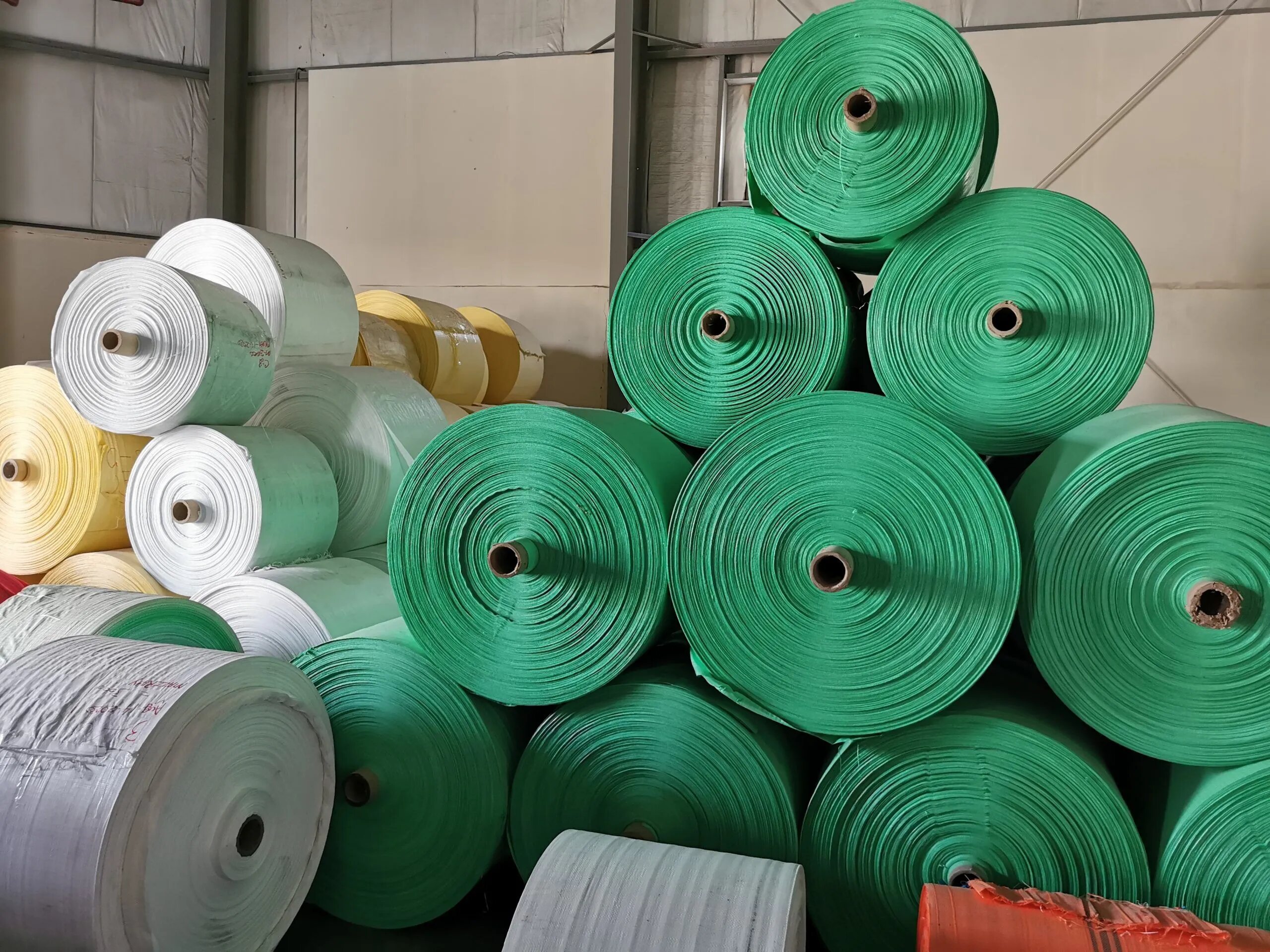
PP WOVEN FABRIC
We manufacture laminated as well as non-laminated PP Woven fabric roll. Our PP woven fabrics are available in roll forms, making loading easier and smooth for any machines such as cutting, stitching, etc. Our PP woven fabrics are known in the market for their quality, durability, strong wear resistance, tear-proof nature, eco-friendly and cost-effective. They are much in demand in India as well as the International market. It ishigh-quality PP Woven Fabric, which is used for making many end products. The PP woven products include PP small bags, boxes, perforated bags, courier bags, FIBC Bags, cement bags, sugar bags, woven bags, ground covers, woven laminated bags, woven laminated gusseted bags, etc. PP woven fabrics are also used in many industrial sectors such as fertilizers, cement, chemicals, textiles, machinery and wheat, flour, fish, meal, and rice industries. Also, it is used to cover aircraft, trucks, railway wagons, open spaces, boats, industrial machines, and agriculture products at farms. Being a renowned company in the market, we believe in quality as our prime responsibility. Our quality team always ensures that we manufacture 100% defect-free PP Woven Fabrics by following international standards to maintain the highest quality of the product and the best service to our customers.
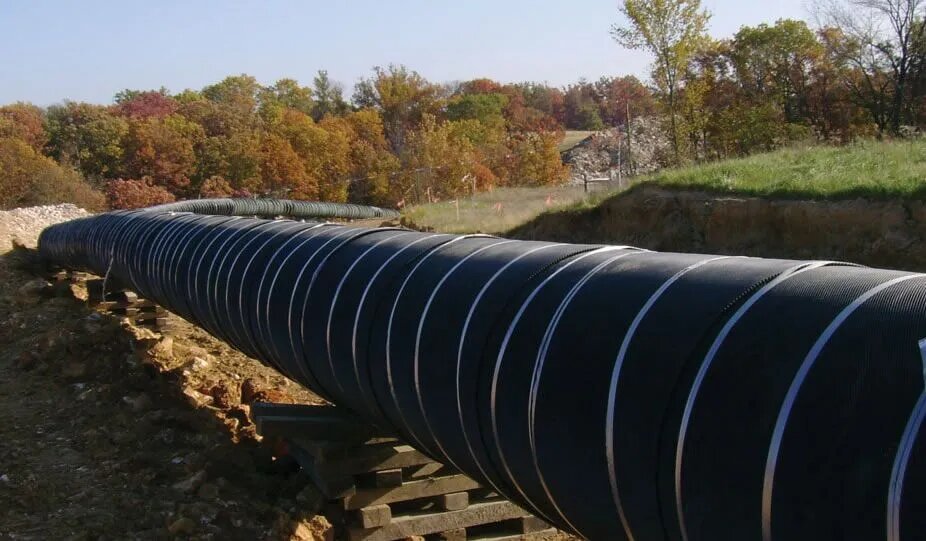
ROCKSHIELD MESH
It is a well-known brand for manufacturing Rockshield Mesh. Rock shield is also called Rockshield Pipe Protection Net, pipeline net, pipeline protection mesh, rock shield mesh, and Rockshield Construction Net. The main role of Rockshield is to protect pipeline coating from rock backfills. It is manufactured from HDPE material and is available in 3-dimensional bi-planar high-strength extruded plastic mesh, mainly to protect the corrosion coating on pipelines laid in rocky terrain and rock backfills. It is applied in the shape of a diamond lattice structure.
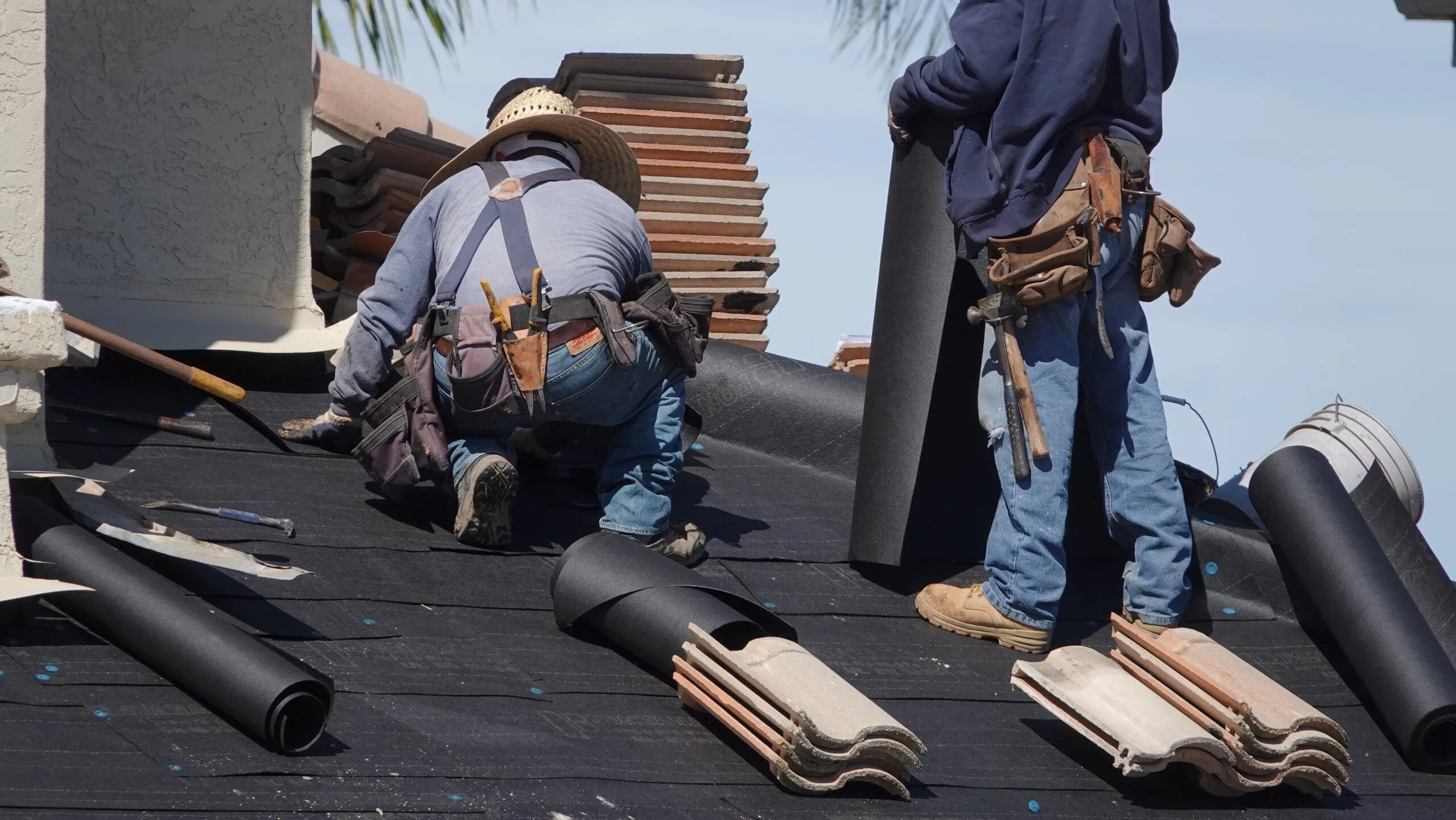
ROOFING UNDERLAYMENT
We are a leading manufacturer of Roof Underlayment produced with advanced technology. Roofing is essential for any property, and selecting the proper roof underlayment is crucial for enhancing the life and performance of any roof. The primary role of roofing underlayment is to act as a barrier, providing resistance against water, wind, and severe weather conditions, thus offering extra protection to your roof. It is generally installed on the roof deck.
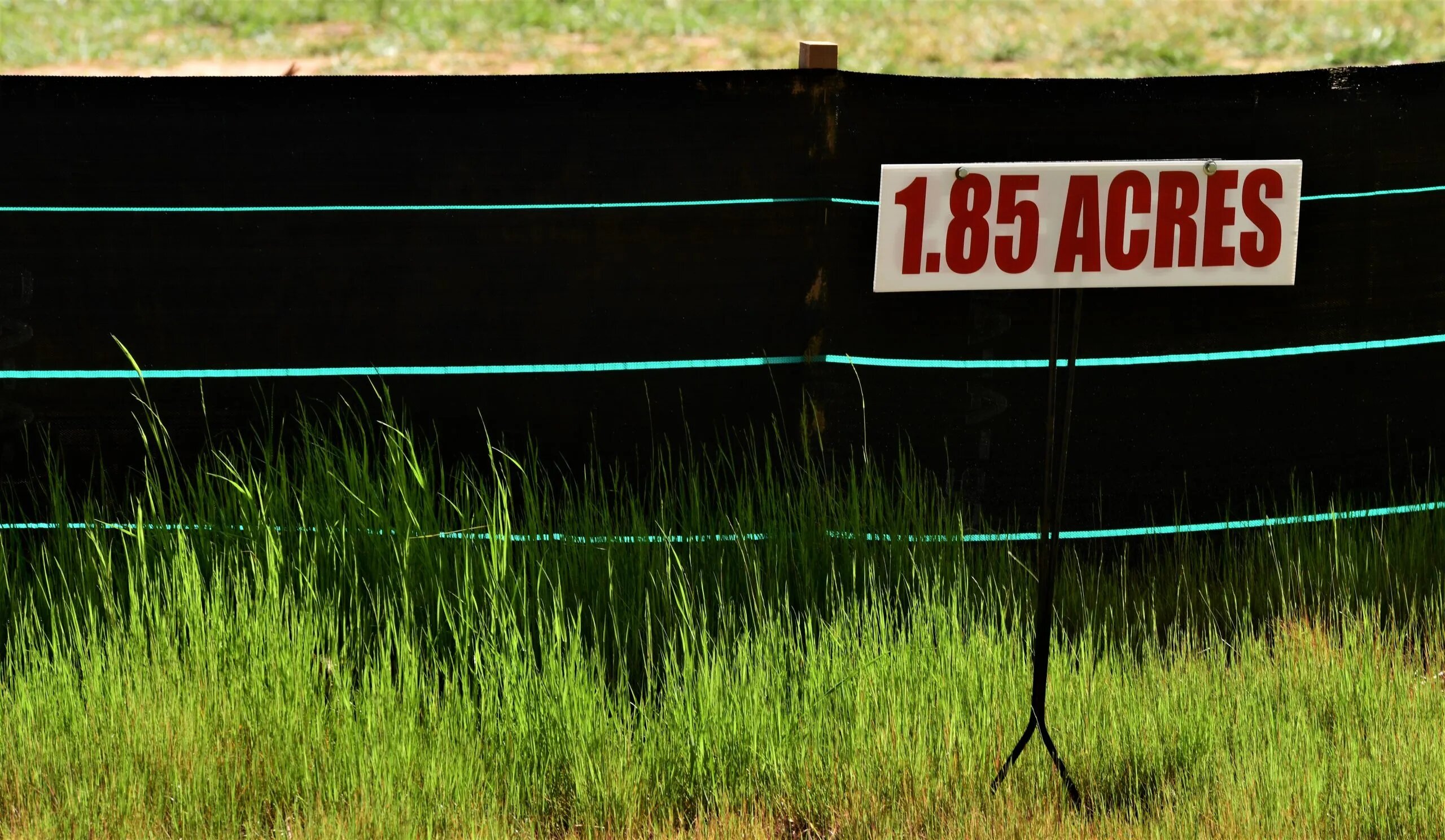
SILT FENCE
We are an erosion control silt fence manufacturer in India, offering high-quality silt fences to prevent soil erosion and water pollution. Made with premium polyethylene fabric and galvanized steel wires, our silt fences are easy to install, durable, and customizable to fit any site. Our silt fences are ideal for construction sites, residential areas, and other locations requiring erosion and pollution control. We also offer installation services to ensure our silt fences are properly installed for maximum effectiveness.
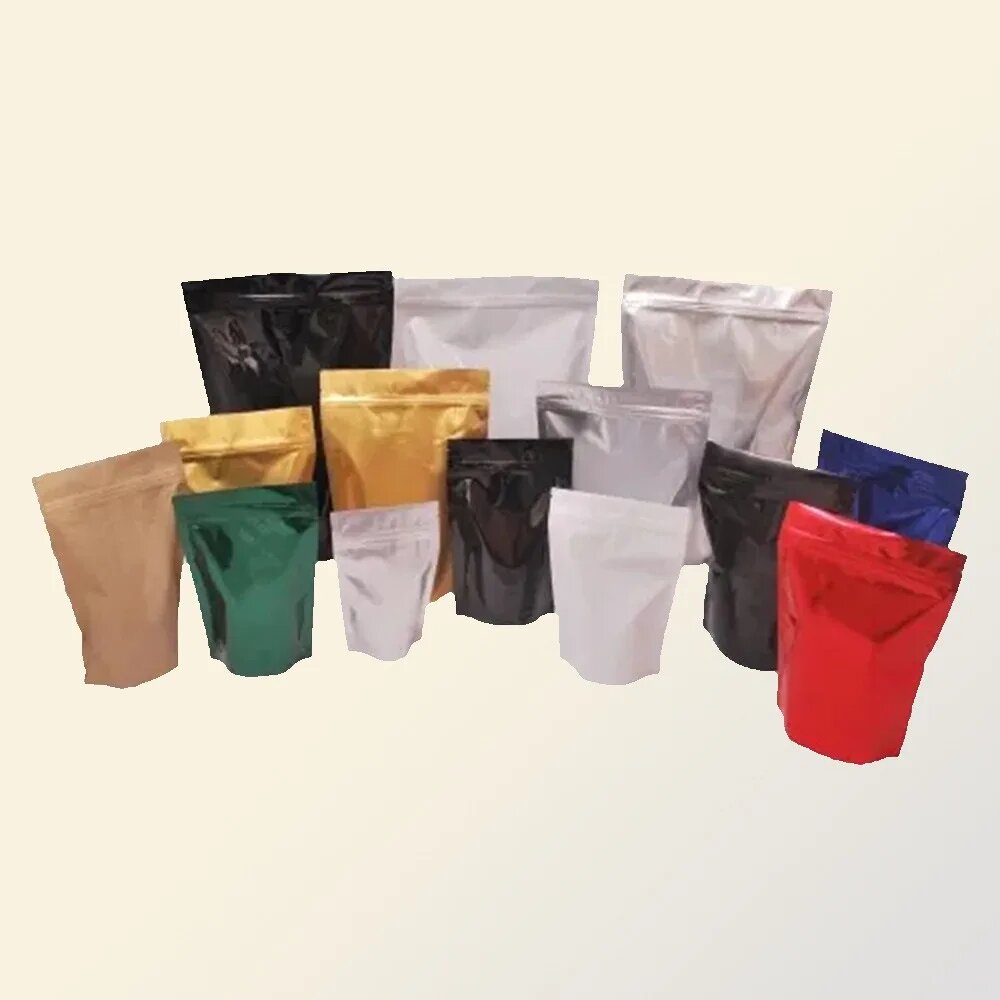
SPOUT POUCH
We are a leading Spout Pouch Manufacturer, offering Spout Pouch Packaging and Spout Pouches for liquids and fine powders. Spout pouches, available in various shapes and sizes, provide strong branding and attractive on-shelf presentation. They come with different spout fittings and delivery techniques to meet diverse product and filling needs. Our spout pouches are made from high-quality materials with excellent barrier properties against oxygen, moisture, and light. They are ideal for storing liquids, shower gels, shampoos, ketchup, edible oils, and jelly, offering a convenient combination of a stand-up pouch and bottle mouth. Spout pouches are widely used in food, beverages, cosmetics, medical supplies, and other industries. The special-shaped spout bags are novel, easy to recognize, and highlight product characteristics effectively. Compared to conventional bottled packaging, spout pouches are energy-efficient and environmentally friendly, making them suitable for food, daily chemicals, toys, medicine, electronics, and more. Our innovative Stand-Up Pouch for Liquids, including the corner spout pouch, revolutionizes liquid packaging with a structure that supports easy liquid absorption and secure sealing.
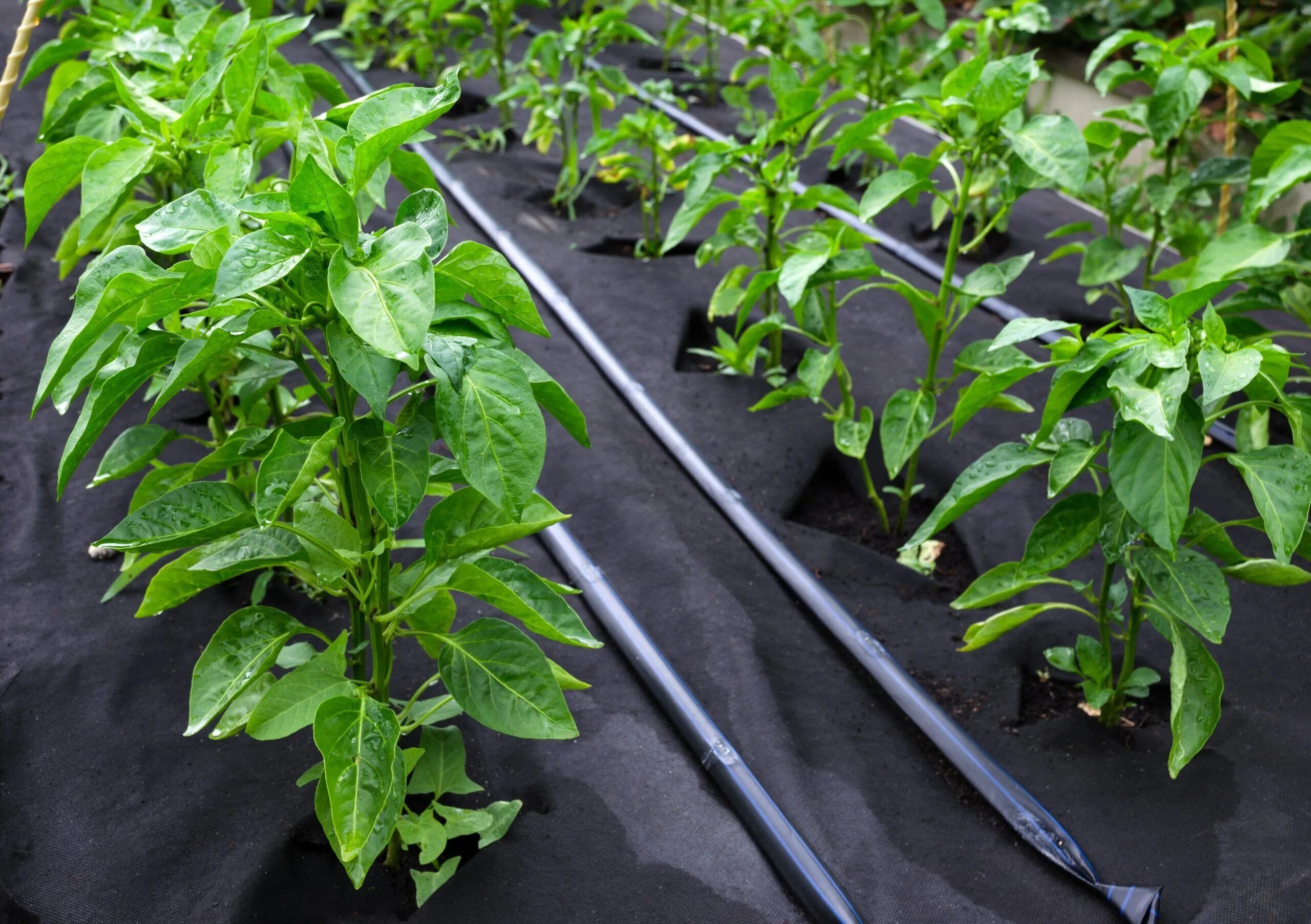
WEED MAT
We are a Weed Mat manufacturer and supplier made in India with high-quality materials such as woven polyethylene or polypropylene. It is used to suppress weed growth, prevent grass from growing, protect plant roots from sunlight, and provide necessary drainage to the soil below. The fabric in the weed mat allows adequate passage of water into the soil below. It helps in retaining and nourishing the moisture in the soil. It is lightweight and easy to install. Weed mat, also known as landscape fabric, weed barrier, or weed control fabric, is a synthetic fabric that prevents weeds from growing in garden beds and landscaping areas. It is usually made of polypropylene or polyester and comes in various thicknesses and widths. Weed mat has many advantages over traditional weed control methods, such as tilling and mulching, as it is more effective and eliminates the need for herbicides. It is also more durable and can last up to 10 years.


